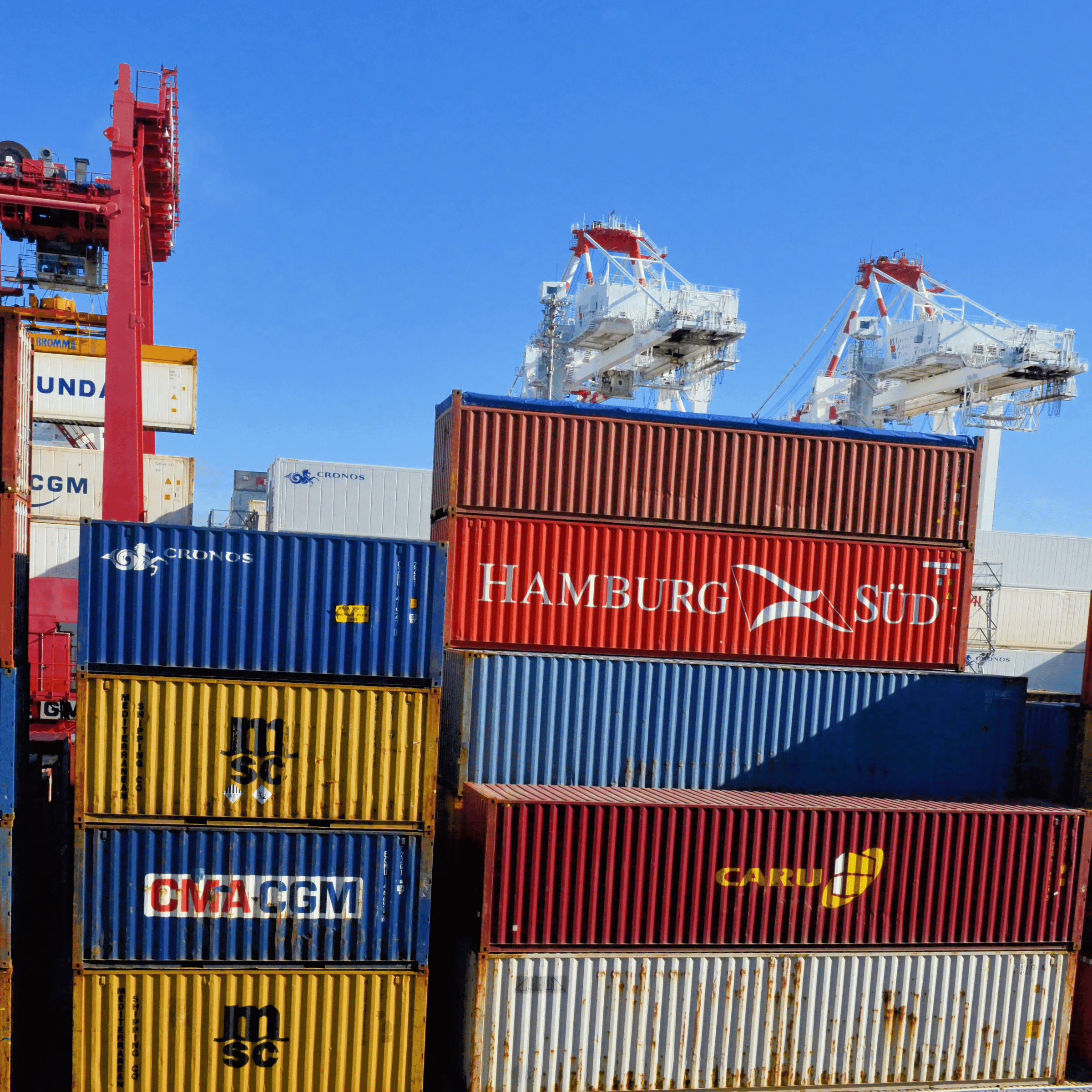Introduction
Import duties, often simply referred to as “tariffs,” are taxes levied on goods that are imported into a country. These duties play a pivotal role in international trade and have significant implications for both domestic industries and international relations. This article aims to shed light on the nature of import duties, their purposes, and how they are calculated.
Definition of Import Duties
Import duties are custom duties or taxes that are imposed by a country on goods brought into its borders from foreign countries. Typically, these duties are levied at the point of entry, such as ports or border checkpoints.
Purpose of Import Duties
Import duties serve multiple purposes, including:
Revenue Generation: For many countries, import duties are a significant source of national revenue.
Protection of Domestic Industries: By imposing duties on imported goods, countries can make these products more expensive, thus giving a competitive advantage to domestically produced goods. This can protect emerging industries or those vulnerable to foreign competition.
Regulation of Trade: Import duties can be used as a tool to control the volume and type of goods entering a country.
Diplomatic and Strategic Tools: They can be used as bargaining chips in international negotiations or as punitive measures against countries with which there is a disagreement.
Types of Import Duties
Ad Valorem Duty
This is a percentage of the goods’ value. For example, if a product costs $100 and the ad valorem duty is 10%, then the import duty would be $10.
Specific Duty
This is a fixed amount charged per unit or quantity of an item. For instance, a specific duty might be $5 per kilogram regardless of the product’s value.
Compound Duty
This is a combination of ad valorem and specific duties. For example, a product might have a duty of 5% of its value plus $2 per unit.
How Import Duties are Calculated
The calculation of import duties depends on several factors:
1. Classification of Goods: Each country has its system for classifying goods for customs purposes. This system determines the rate at which a product is taxed. The Harmonized System (HS) is an internationally standardized system of names and numbers to classify traded products, and many countries base their tariff classifications on this.
2. Value of Goods: The value of the goods, which may include the cost of the goods, shipping, insurance, and other associated costs, often serves as the base for calculating the ad valorem duties.
3. Country of Origin: Duty rates can vary based on where a product originates. Some countries have preferential trade agreements that allow goods to enter at reduced or zero tariffs.
4. Quantity: For specific duties, the quantity of the imported goods will determine the amount of duty.
To determine the duty:
For ad valorem duties:
(Value of goods × Duty rate in percentage) = Import Duty
For specific duties:
(Quantity × Specific Duty rate per unit) = Import Duty
For compound duties:
Both the above calculations are used, and their results are added together.
Conclusion
Import duties are an integral part of international trade policies. They serve both economic and strategic purposes for nations. Understanding how they work and are calculated is crucial for businesses involved in international trade, policymakers, and consumers alike. As global commerce continues to evolve, the role and nuances of import duties will likely remain a dynamic and significant aspect of international relations and economics.






